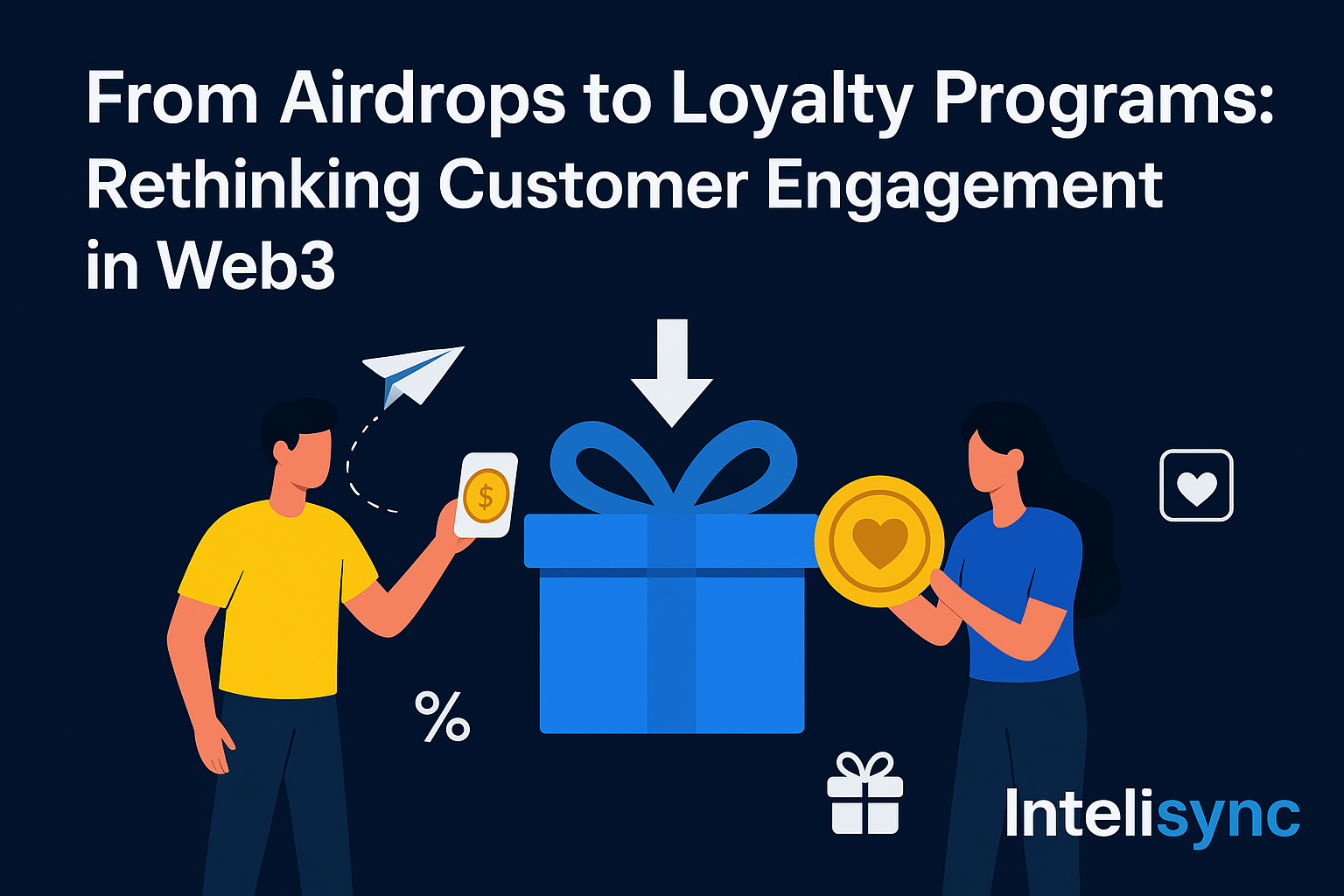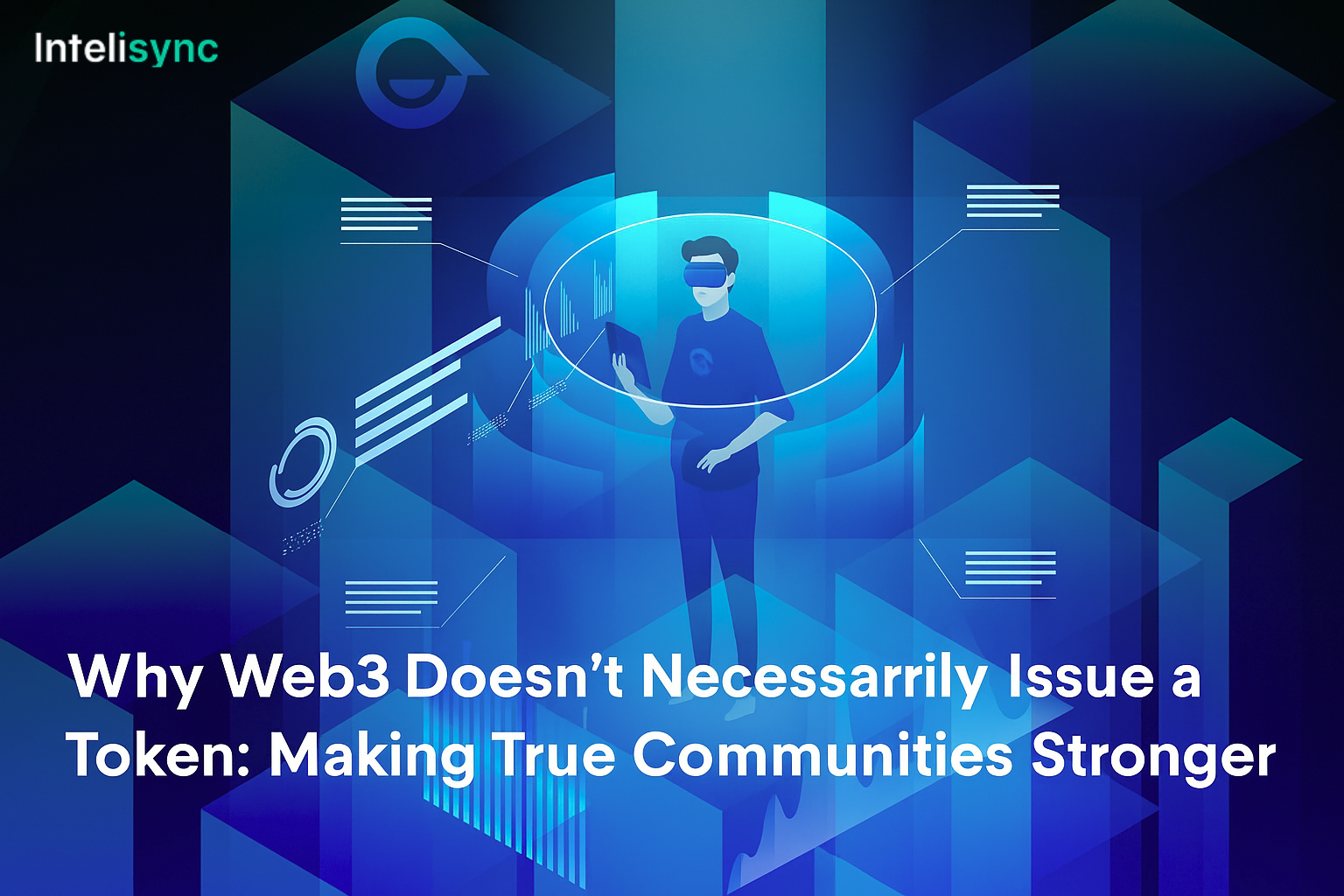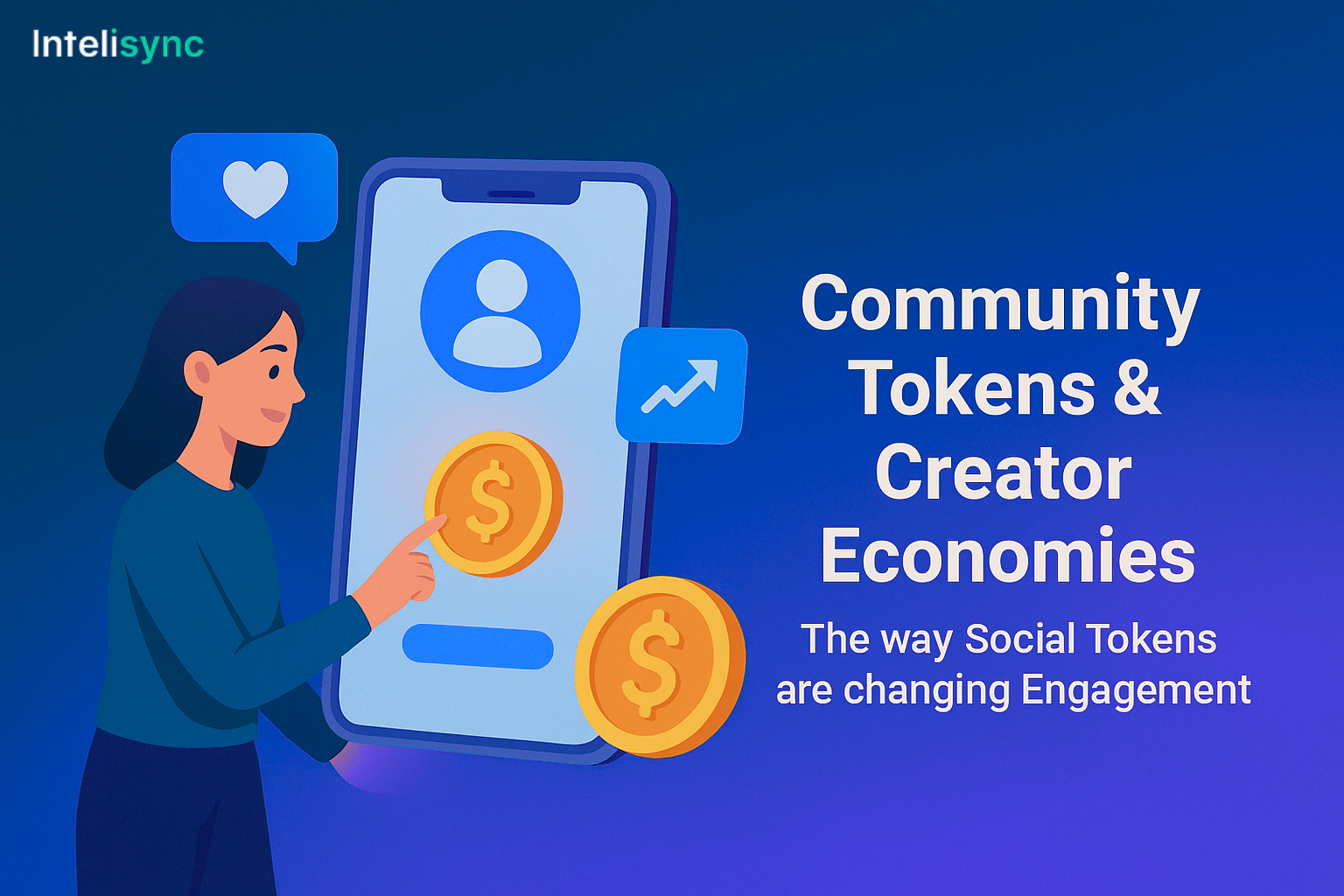The interaction with customers has gone much beyond the time of spam emails and flashy banner advertisements. Web3 changes Web experiences through decentralization and true ownership, and brands must find new methods of engaging with their audiences in a more authentic way. This shift is at the forefront with the use of Airdrops and loyalty programs which are driven by Web3 technology and culture.
How do these native Web3 tactics add value beyond the everyday marketing, to build genuine value and credibility to both users and marketers?
The New Landscape of Web3 Customer Engagement
- Web3 is not merely new technology, but instead a cultural change that is centered around ownership, openness, and community empowerment.
- Cross-Platform Rewards: Tokens that are interoperable can be used across a variety of DeFi or gaming platforms and are retained by users longer.
- Task-Based Seasonal Airdrops Programs that condition token payouts on some task generate active engagement.
- Influencer and Community Co-Creation: Brands collaboratively working with trusted influencers create genuine shareable loyalty experience.
This is where brands can go beyond their previous one way communication to two way conversations that are value driven and encourage quality contributions.
Traditional loyalty programs could be impersonal giving points or discounts but it did not create any serious attachment. Web3 provides a much more thrilling alternative: customers are in possession of tokens or NFTs which confer actual ownership something that they may retain, exchange, or utilize to govern.
More Than Giveaways Airdrops:
- Airdrops -free tokens- have become a characteristic of Web3 marketing. But they’re not just freebies. Well‑designed airdrops can:
- Spark early buzz and interest in a project.
- Share ownership broadly and fairly.
- Reward involved members of the community and dedicated members.
- Fuel network effects through inviting others in.
Not every airdrop succeeds. These are best done in a focused and disciplined fashion, where those users who demonstrate sincere interest or contribute actual value are rewarded and not scattered like so much seed in the field to encourage rapid sell-outs.
Loyalty Programs in the Web3 Era
Web3 loyalty programs are beyond points and punch cards by:
- Providing tokenized incentives that have actual market value, and can be used across platforms.
- Creating progressive levels of experiences which reward expenditure and participation in the community, activism or creativity.
- As NFTs represent premium membership badges, they will grant customers verifiable digital identities they can provide.
- Facilitating interoperability, thus loyalty tokens can be used in partner ecosystems, and can be more valuable.
This practice would ensure that the customers are treated as stakeholders and partners, rather than consumers.
The Core Principles Behind New Engagement Models
- Ownership Creates Trust – Once users actually own tokens or NFTs, they become in command and sure and generate natural trust.
- Transparency Empowers Communities – Open ledger gives an opportunity to all parties to view token creation, reward rules, and loyalty rules ensuring that all parties are subject to fairness and accountability.
- Engagement Is Active and Social – Web3 rewards worthy actions such as voting, content creation, referrals or challenges, to make commitment a picture of social, gamified experiences.
- Decentralized Governance Transfers Power to Users – Tokens or DAOs are used by many projects to allow communities to choose developments in a loyalty program with ownership and commitment.
Actual Instances of Success
- embership NFTs – NFTs that give access and voting rights may serve as loyalty badges.
- Cross-Platform Rewards- Tokens that can be used on more than one DeFi or gaming platform are kept by the users.
- Task-Based Seasonal Airdrops – The use of rewards based on certain challenges helps to grow engagement.
- Influencer and Community Co-Creation – Memorable loyalty experiences are created through partnership with trusted voices.
- One way to avoid the pitfalls and optimize practices.
- Prevent token spam Quickly building up trust is lost with valueless freebies.
- Authentic communication and regular update of the community.
- Balance exclusivity and accessibility -reward members without ostracising the newcomers.
Final Thoughts
The interaction with customers is not about empty gestures in Web3; it is establishing genuine ownership, community and mutual success. Well-planned airdrops and loyalty programs that are token based and focused on authenticity, transparency and participation will succeed.
To ensure your brand or project develops a trust and healthy communities, incorporate the Web3 mindset each interaction is a value-add and every user is an owner.







